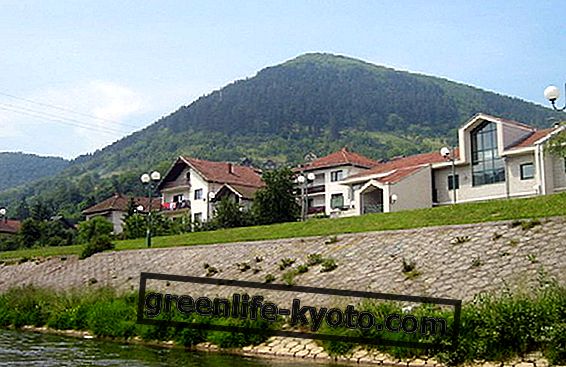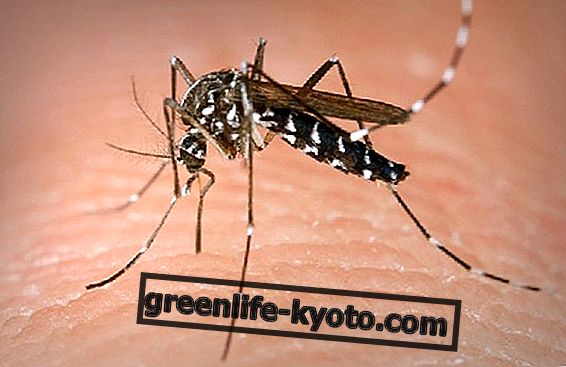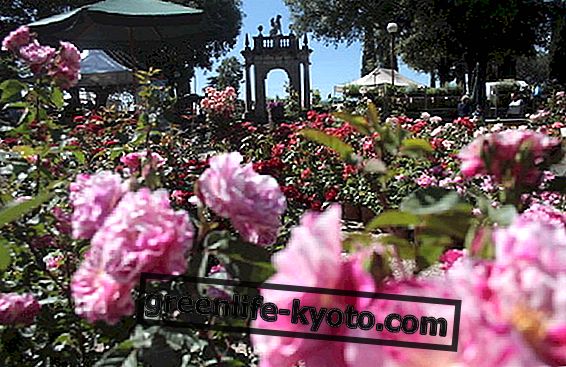
Visit Iran: curiosity and basic information
The fascination that Persia has impressed in our Western imagination is profound and timeless. Many of the legends and images that we too quickly attribute to the Arab world actually belong to Persia, modern Iran, a culture radically different from the Arab one.
Different from the language, Persian, certainly different from Arabic. The ancient Persian Empire was Islamized only in the seventh century, a period in which the Manichean and Zoroastrian religions were supplanted by Islam.
In Iran there is a majority of Aryan, Kurdish, Yazidi, Armenian, people of Turcomongola origin, groups closer to the Arabs and others with Caucasian influences, without forgetting the Assyrians.
The Iranian or Persian cuisine, as we will see, is influenced by these influences, we find Caucasian influences from the north, Greek and Turkish from the west, Russian and Central Asian, and finally north-Indian and Mughal .
To date, as well as in Iran and in some neighboring countries, Iranian cuisine is also very popular in some areas of the United States and Canada . Alongside rice, imported in antiquity from India and China, the main foods consist of meat, a large number of vegetables, spices, dried fruit and nuts.
Typical dishes of Iranian cuisine
There are essential dishes in Iranian cuisine, which have marred the imagination of travelers who have traveled the country. Let's start with a typical Iranian wedding dish, fesenjan .
This dish consists of stewed chicken or duck, served with pomegranate and walnut sauce, with a fascinating and exotic flavor, accompanied by sweet onions and cinnamon. We now see a classic dish to satisfy vegetarians.
It is bademjan, and consists of steamed rice with turmeric tomatoes, finely chopped aubergines, raw olive oil and sour grapes to give a sour taste. There are also versions with lamb, so be careful.
Very interesting is the zereshk polo, rice with butter and barberry berries, to which are added rinds of oranges, rhubarb or tamarind.
Obviously you can't miss the kebab in various versions. Not only salt and pepper, you can find it with lemon, saffron or marinated with parsley. In Iranian cuisine many wild herbs are also used, and in general these dishes are called sabzi khordan.
Mint, dandelion, shallots and wild onions, wild basil and other wild herbs are often eaten fried in special sandwiches.
Bread, in fact: there are at least a dozen main types, from the thin lavash to the soft kovash full of turmeric and cumin, passing through the tanur, cooked on the walls of a vertical oven.
Where to eat in Iran (on the street or in restaurants)
As mentioned in North America you can find Iranian cuisine restaurants. Less easily this happens in Italy.
In Iran, everything is possible : be hosted by the very kind locals, enjoy a varied street-food, sit in restaurants of varying caliber, and finally participate in village or neighborhood festivals filled with special food.
Not to be missed in Iran
Even if in our imagination Iran is a desert nation, in reality it grows very high quality fruit and vegetables. Local tea, consumed by putting a lump of sugar in the mouth, is undoubtedly a must.
All the classic dishes of Persian cuisine are generally of high quality .
What to avoid eating in Iran
Outside the big cities, food tends to be a bit monotonous. The taste that the Iranians have for sour and sour does not always meet the preferences of tourists and travelers.
Some kebabs include animal offal, if you do not have an iron stomach, inquire before ordering.
Advice and curiosity
Every area of Iran has its typical dishes, all to be discovered. Have some initiative and experiment, especially when it comes to soups and stewed vegetables.
Nettles are often used, sweet and nutritious, and for the holidays we can find high quality artichokes.












